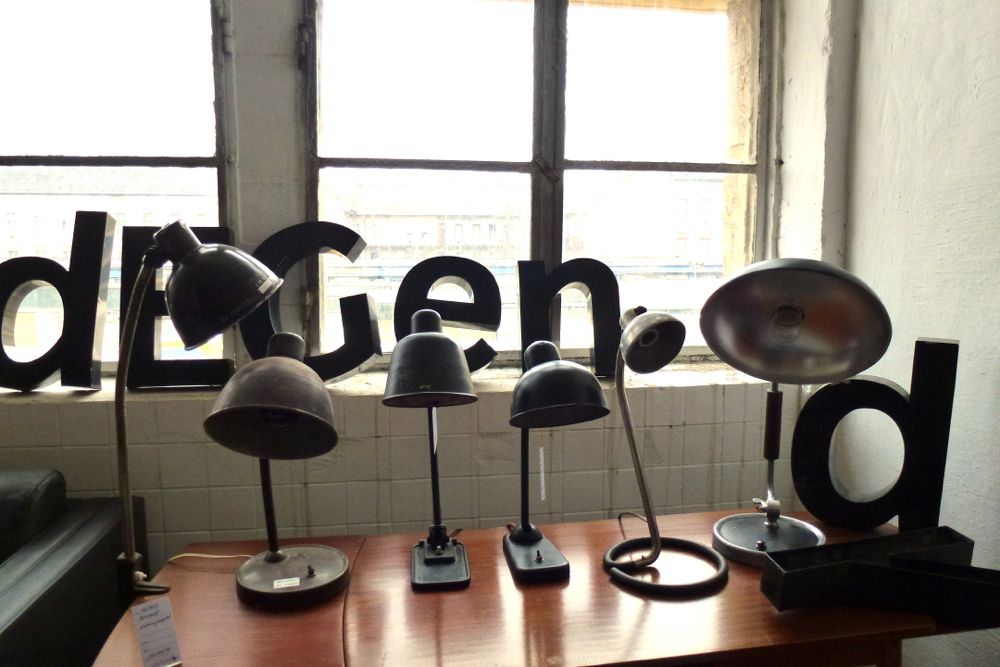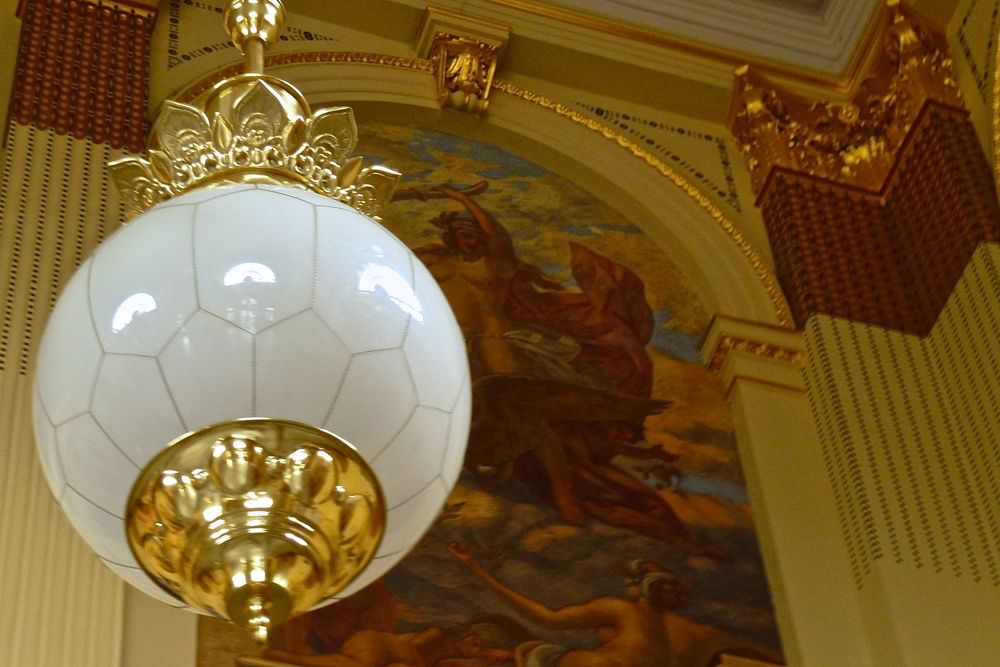Retro furniture in Budapest

Deep in the industrial zone of the 9th district of Budapest, there is a warehouse with design gems. This is Möbelkunst, the collection of retro furniture mostly from 50-60-70's and more.

Deep in the industrial zone of the 9th district of Budapest, there is a warehouse with design gems. This is Möbelkunst, the collection of retro furniture mostly from 50-60-70's and more.

In 1945 retreating German army have blown all bridges across Danube paralysing the life of Budapest. A pontoon bridge laid soon afterwards was not enough, and at some point it couldn't be used at all because of icepacks on the Danube.

If you are not a big fan of traditional gifts and souvenirs bought in a tourist street, yet can't afford spending some quality time at a flea market, go to Bolha Palota — the flea store in the downtown Budapest.
In its dark, dusty corners you'll find a treasure or two that won't cost you much, and most likely will be one of a kind piece.
Bolha Palota
VI. Budapest Anker köz 2-4
Open: Mon-Sat 11-19

Keleti (Keleti pályaudvar, Keleti pu), the main international and inter-city train station of Budapest, was opened to public in August 1884. The first train at 6 am went to Miskolc.
Back then it was known as Central Railway Station. In 1892, its name was changed to Eastern Railway Station — not after location of the station itself, but after direction its trains were going to: towards Transylvania and the Balkans.

Many millions years ago the land where Budapest stands was sea, full of sea creatures. The Buda hills consist mainly of limestone and dolomite, which you can explore in caves which are a few around. The most famous one is the Pálvölgyi cave (spanning total length is over 7km).
The hills around Budapest were formed in the Triassic Period (it began 252 million years ago, at the close of the Permian Period, and ended 201 million years ago).

Budapest, famous (among other things) for its thermal springs has very close relationships with water. It stands on one of the major European rivers (which floods it quite regularly), it has baths with healing waters all over the town, in Buda, and in Pest, and fountains were always a traditional decoration for Budapest squares.

On the corner of a building on Egyetem tér (University Square) in the V. district there is a plaque reminding us about the Great Flood of 1838.
This flood between 13-16 March 1838 when the water rose to 1.4 meters and even 2.6 meters in some parts of the city destroyed much of Pest.
The old, shabby houses were gone, and the new beautiful Budapest was built soon, with fortified embankment area.

Each year each Budapest district has Lomtalanítás - a day when you can get rid of your garbage, from old papers to sofa, for free. It is a day much loved both by those getting rid of their rubbish, and by those who can put their hands on it. And it is always a treasure hunt for crafty people not afraid of getting their hands dirty (literally). Let's take a look at Garbage Day 2012 in XI district on Buda side.

Here is our selection of photos taken in Budapest downtown in different times - early morning, day and night.

Budapest is known for its fine architecture dating mostly to the last quarter of the 19th century. This is when it became the city if bourgeoise who were decorating their house with domes, turrets and towers — to show off, to stand out and proud.